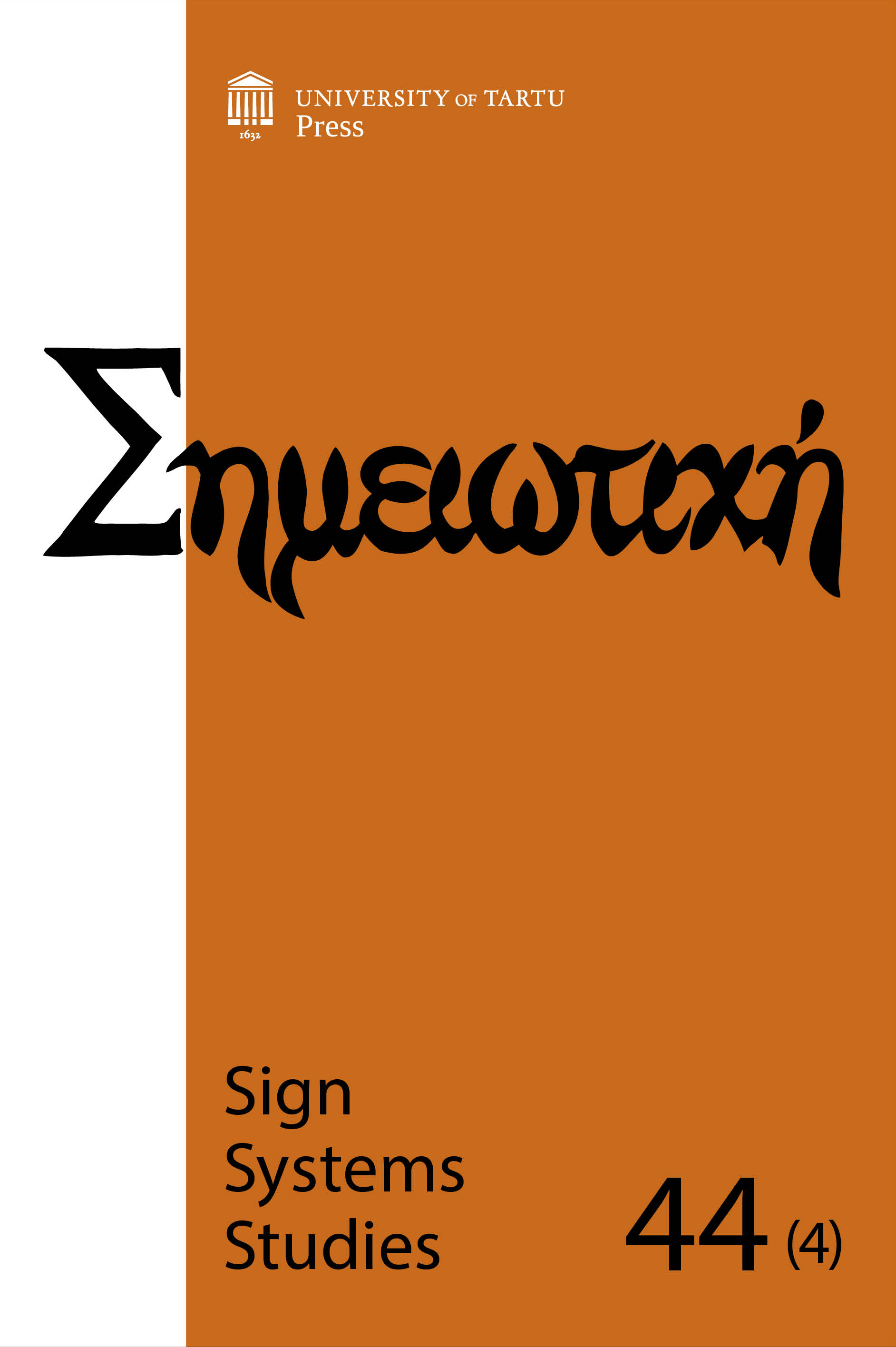Intersemioticity and intertextuality: Picaresque and romance in opera
DOI:
https://doi.org/10.12697/SSS.2016.44.4.06Keywords:
Jakobson, intersemioticity, intertextuality, Ibsen, Grieg, vocal translation, opera, Scandinavian culturesAbstract
Jakobson introduced the concept of intersemioticity as transmutation of verbal signs by nonverbal sign systems (1959). Intersemioticity generates the linguistic-and- cultural elements of intersemiosis (from without), crystallizing mythology and archetypal symbolism, and intertextuality (from within), analyzing the human emotions in the cultural situation of language-and-music aspects. The operatic example of Ibsen’s Peer Gynt (1867) intertextualized the cultural trends of Scandinavia. This literary script was set to music by Grieg to make an operatic expression. After the “picaresque” adventures, Peer Gynt ends in a “romantic” revelation. Grieg’s music reworded and rephrased the script in musical verse and rhythm, following the intertextuality of Nordic folk music and Wagner’s fashionable operas. Ibsen’s Peer Gynt text has since been translated in Jakobson’s “translation proper” to other languages. After 150 years, the vocal translation of the operatic text needs the “intersemiotic translation or transmutation” to modernize the translated text and attract present-day audiences.Downloads
Download data is not yet available.
Downloads
Published
2016-12-31
How to Cite
Gorlée, D. L. (2016). Intersemioticity and intertextuality: Picaresque and romance in opera. Sign Systems Studies, 44(4), 587–622. https://doi.org/10.12697/SSS.2016.44.4.06
Issue
Section
Articles


